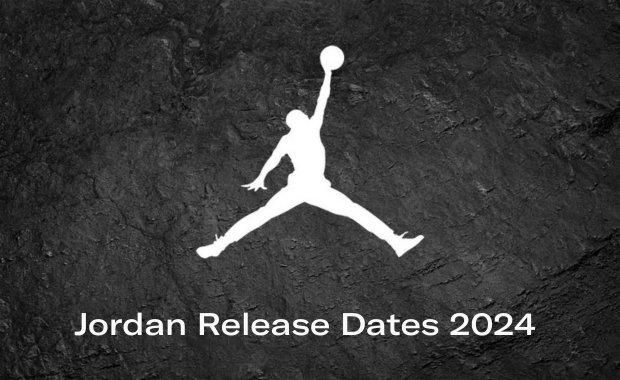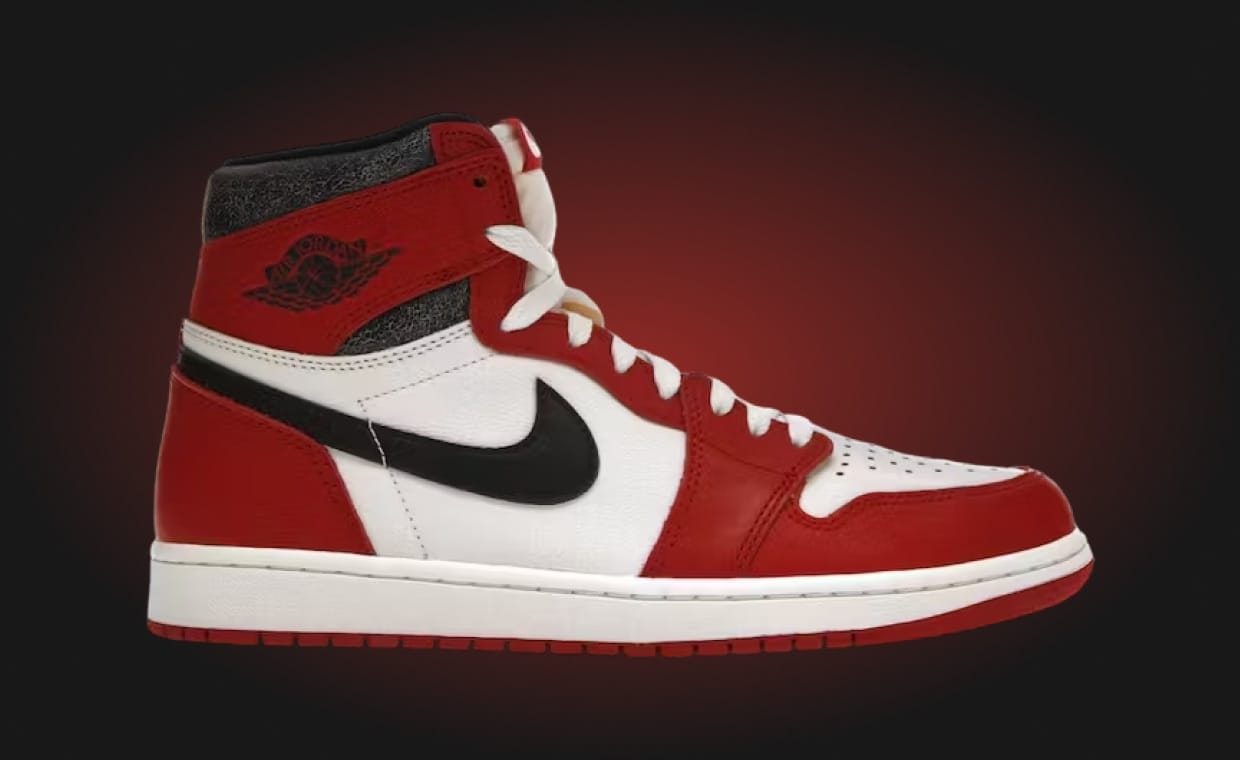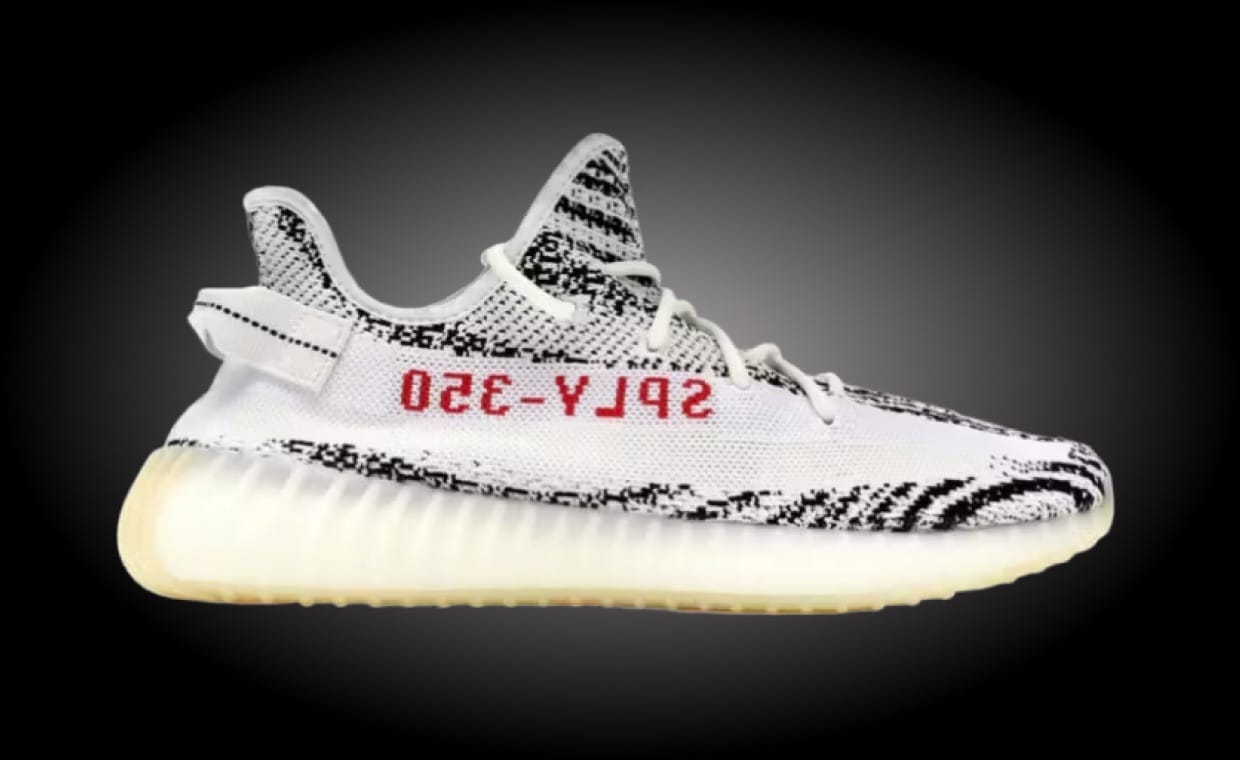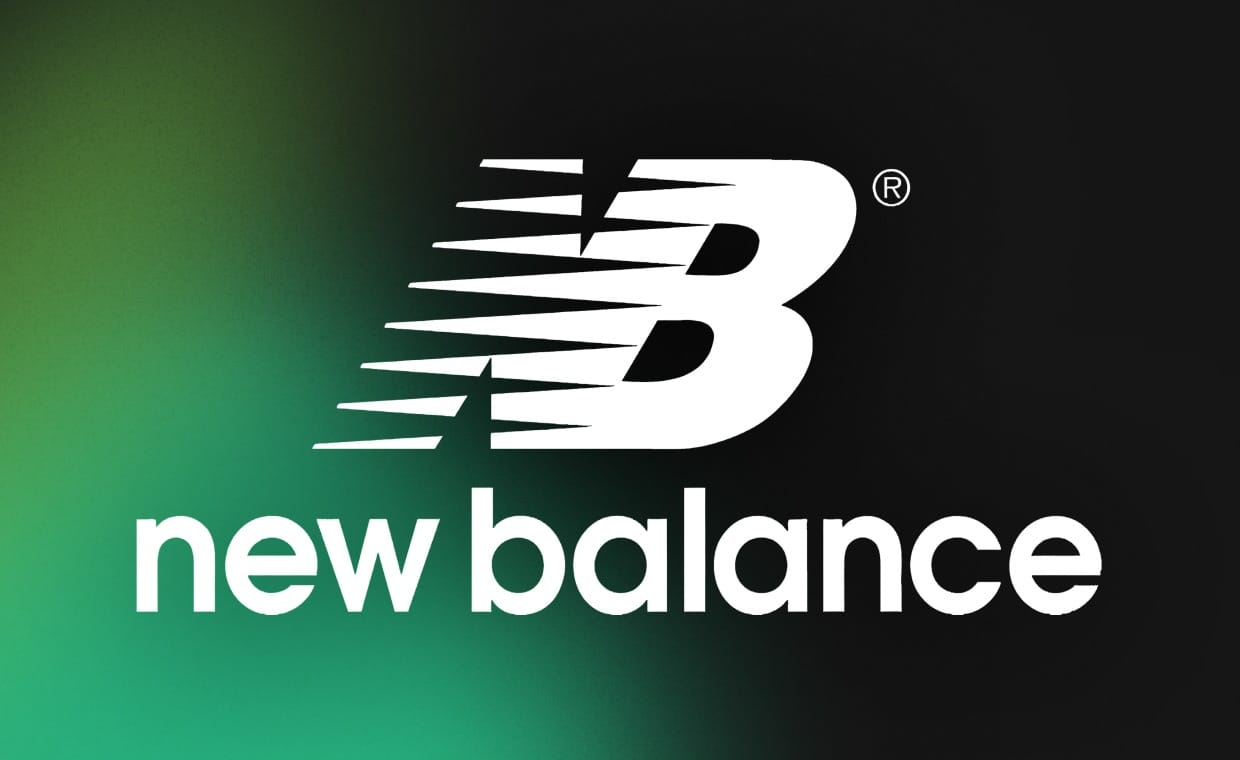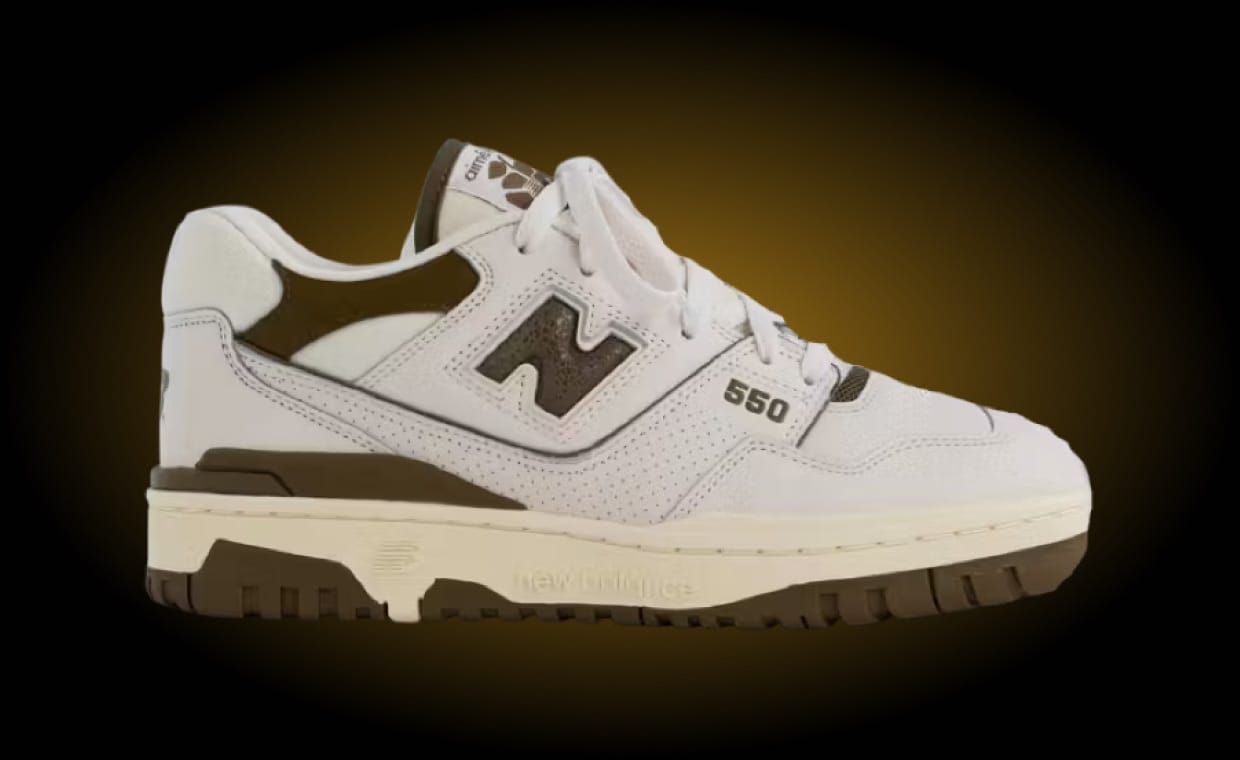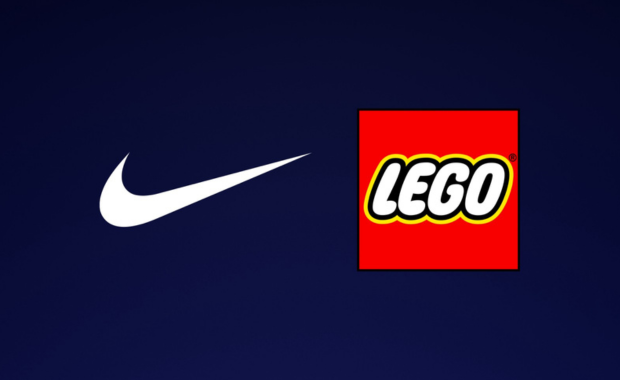How Will Tariffs Affect Sneaker Prices?
PublishedQuick Facts
- Newly imposed tariffs are in effect (some as high as 49%)
- Will impact many countries responsible for sneaker production
- Tariffs are imposed on COGS, not MSRP
- Remains to be seen if brands increase prices to end consumer
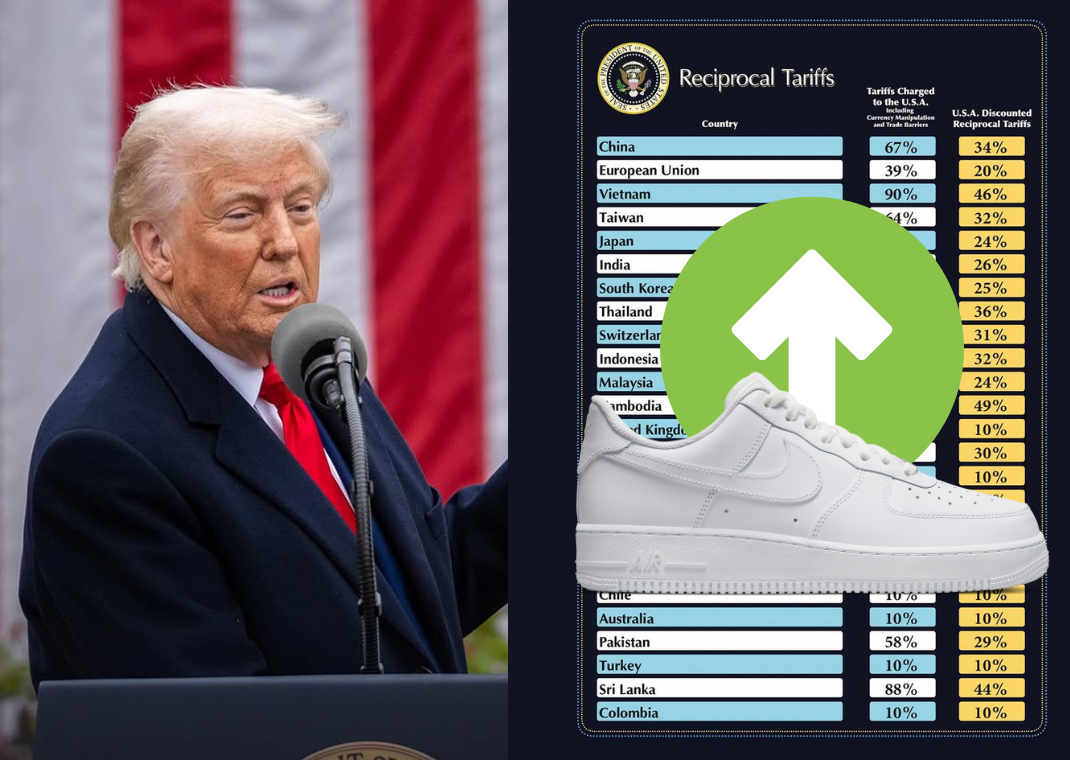
The sneaker world, and the entire US, might be bracing for its biggest price hike in years—not because of innovation or supply chain shortages, but because of politics. President Donald Trump has announced steep new tariffs on imported goods from many different countries, including Vietnam, Indonesia, China, Cambodia, and Bangladesh—nations that collectively account for the overwhelming majority of sneaker production for brands like Nike, adidas, and Puma.
The stock market reacted immediately to these tariffs going into effect, sending prices tumbling. Nike stock took a 13% dip, adidas 10%, Puma nearly 11%, and Asics 11%.
These new tariffs—some as high as 49%—threaten to upend the cost structure that global sneaker brands have relied on for decades. Vietnam alone is responsible for producing roughly half of Nike’s footwear and nearly 40% of adidas’ — making the region a critical hub for production. And with the additional tariff hike on Chinese goods, the pressure on brands to either absorb costs or pass them on to consumers has never been higher.
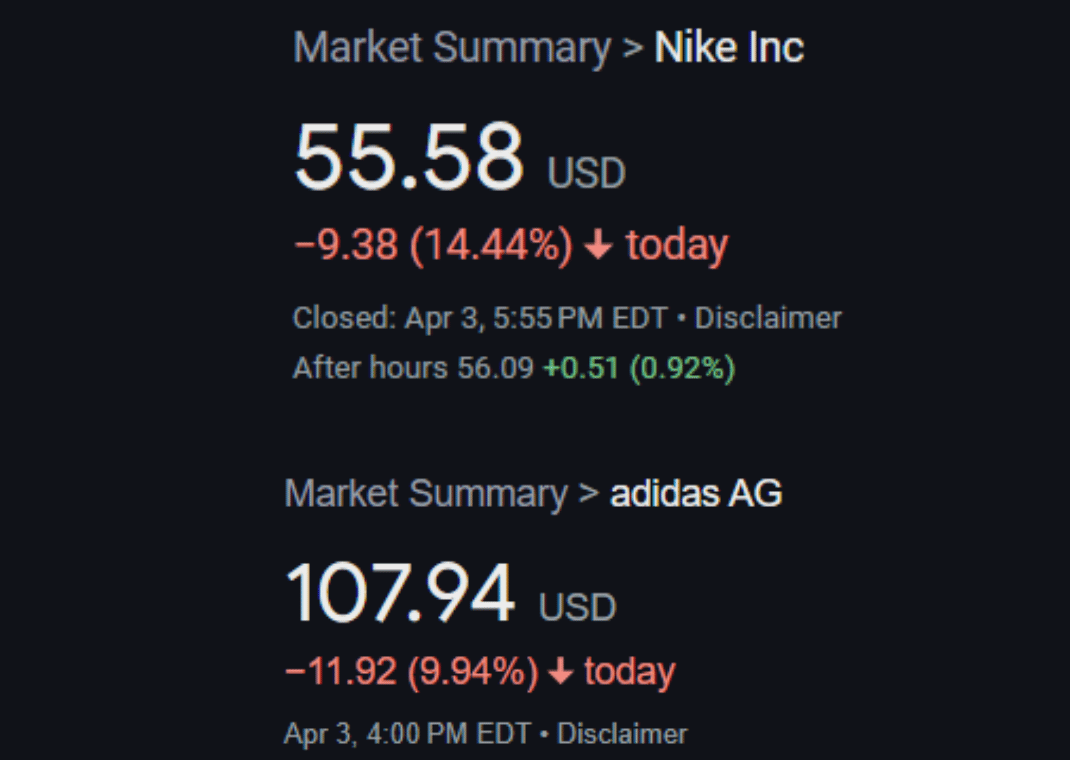
Pinpointing whether brands will adjust their pricing — and to what degree — in response to these tariffs is difficult to determine. There’s a lot more to it than just adding the tariff rate to the MSRP of a sneaker. For example, if a pair of Jordans produced in Vietnam (which has been hit with a 46% tariff) retails for an MSRP of $190, Nike would not incur a ~$87 tariff. In this example, if it cost Jordan $20 to make that same shoe, the tariff would be $9.20, bringing the total cost of the sneaker to $29.20. Yes, the cost of the sneaker (COGS) went up, but whether or not the brand — in this example Jordan — decides to increase the price for the consumer, is yet to be determined. Will they absorb the increase or pass it on to the end consumer? One thing's for sure — at least someone is going to feel the effects of these tariffs.
Just to be clear, tariffs are imposed on COGS (cost of goods sold), which includes raw materials, production, and labor — NOT on the MSRP set by a brand or retailer.
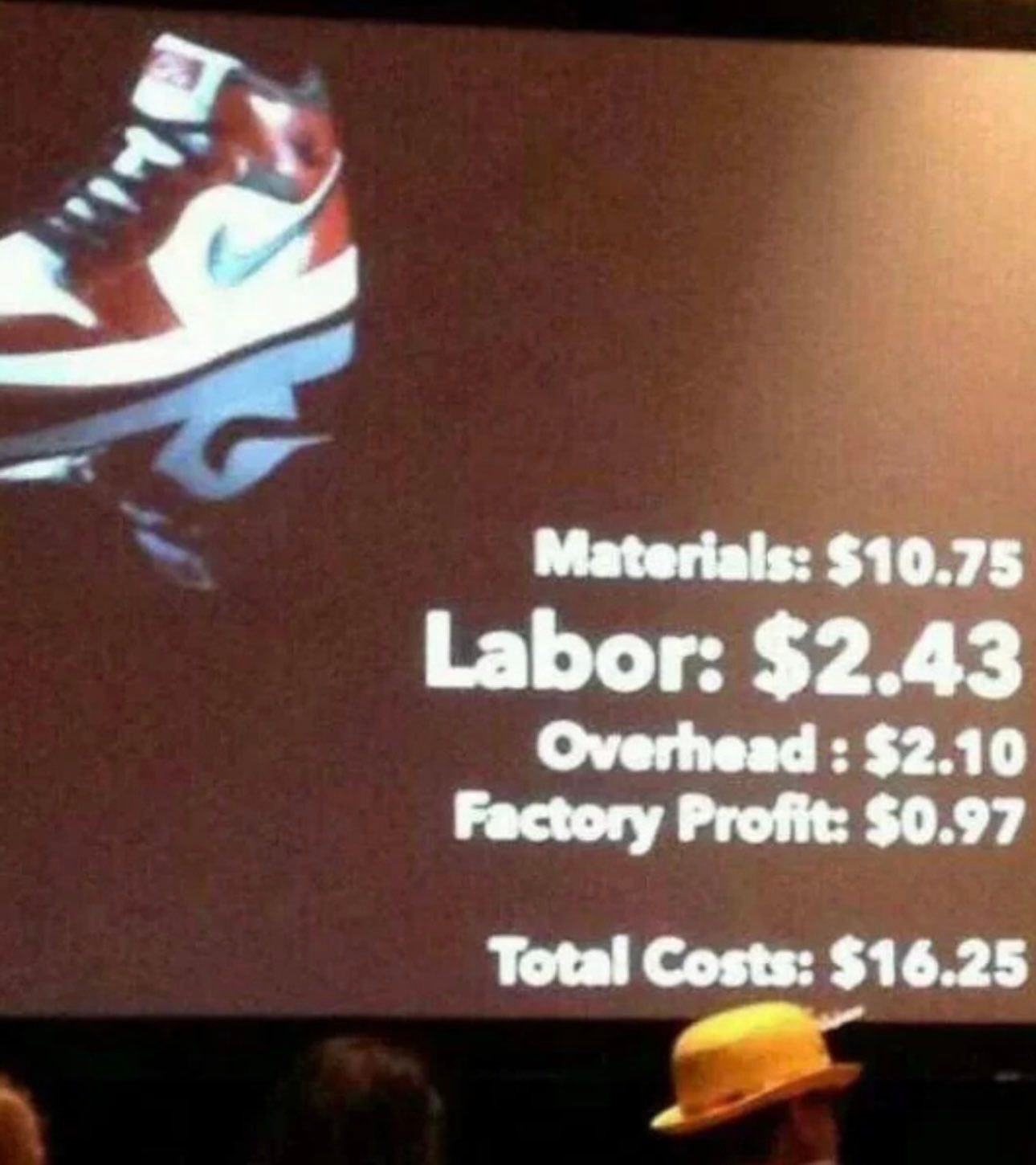
This would undoubtedly eat into profit margins for both brands and factories producing footwear, and that cost has to be absorbed somewhere. According to analysts from UBS, prices could increase by around 10-12% for goods coming from Vietnam. That said, it remains to be seen whether this price increase will be eaten by brands or passed on to consumers — and whether each brand will do the same or vow not to increase prices to the end consumer.
Prior to these tariffs, brands like Nike have incrementally increased prices on staple products, like the Air Force 1 and Dunk Low, the former of which cost $90 in 2021 to $100 in 2022 to $115 in 2023, where it has since remained.
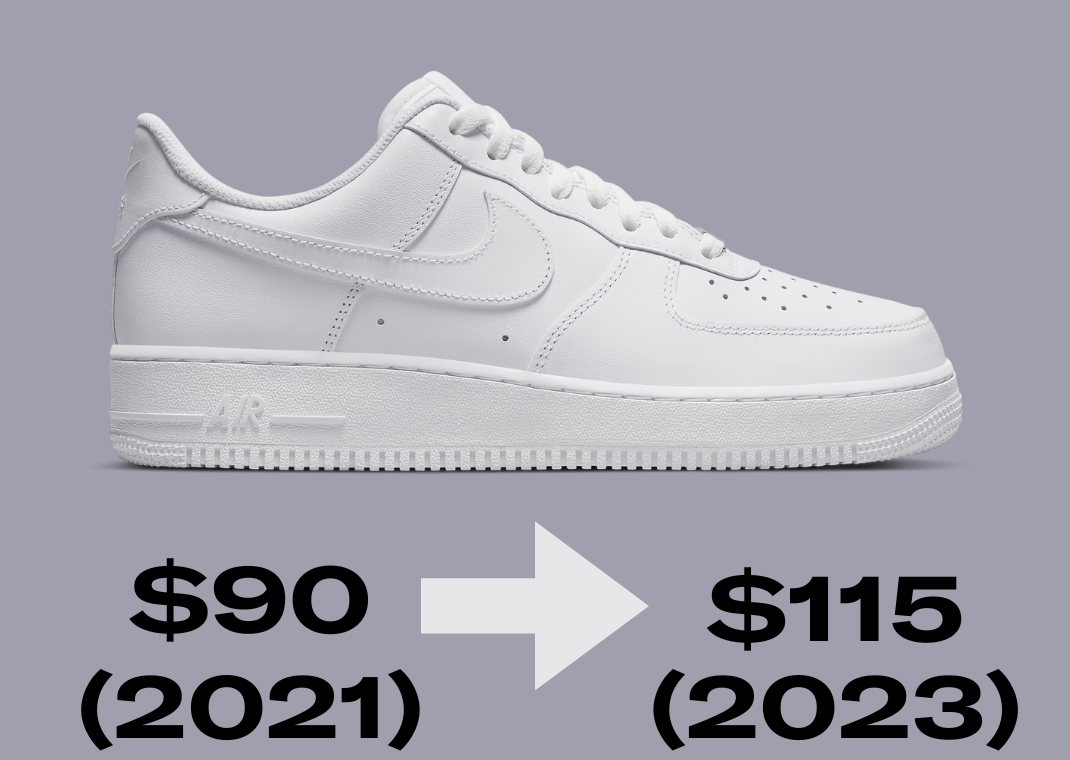
This squeeze comes at a time when consumers are already facing inflation fatigue and tightening budgets. We have to remember that sneakers, especially in our world as sneakerheads, are a luxury good. No one NEEDS to buy a $215 sneaker or regularly spend that money multiple times a year on shoes. Nike and these other brands operate on a much larger scale and target as many consumers as possible, not just us die-hards.
If prices go up across the board, it's not just collectors who’ll feel it—it’s the everyday consumer who grabs a pair for back-to-school, for the gym, or just because their old ones wore out. For some consumers, even a marginal jump in price might mean delaying a purchase or switching to a discount retailer. And when that starts happening at scale, even giants like Nike begin to feel the ripple effects.
Brands face a tough balancing act. Raise prices too high, and they risk driving away consumers. Absorb the costs, and profits suffer. Some companies may attempt a middle ground by selectively increasing prices on high-demand models while offering more “value” lines manufactured in unaffected regions.
In the end, consumers may not just pay more—they might have fewer choices. Brands may scale back production or limit releases due to cost pressures. This will all be playing out in real-time, and we’ll keep you posted on the latest updates on sneaker prices.

Sneakerhead from South Florida who turned his passion into a career. Concerts, music, trying new restaurants, and catching the latest movies are some of the things I enjoy when not writing for Sole Retriever. Email: nick@soleretriever.com
